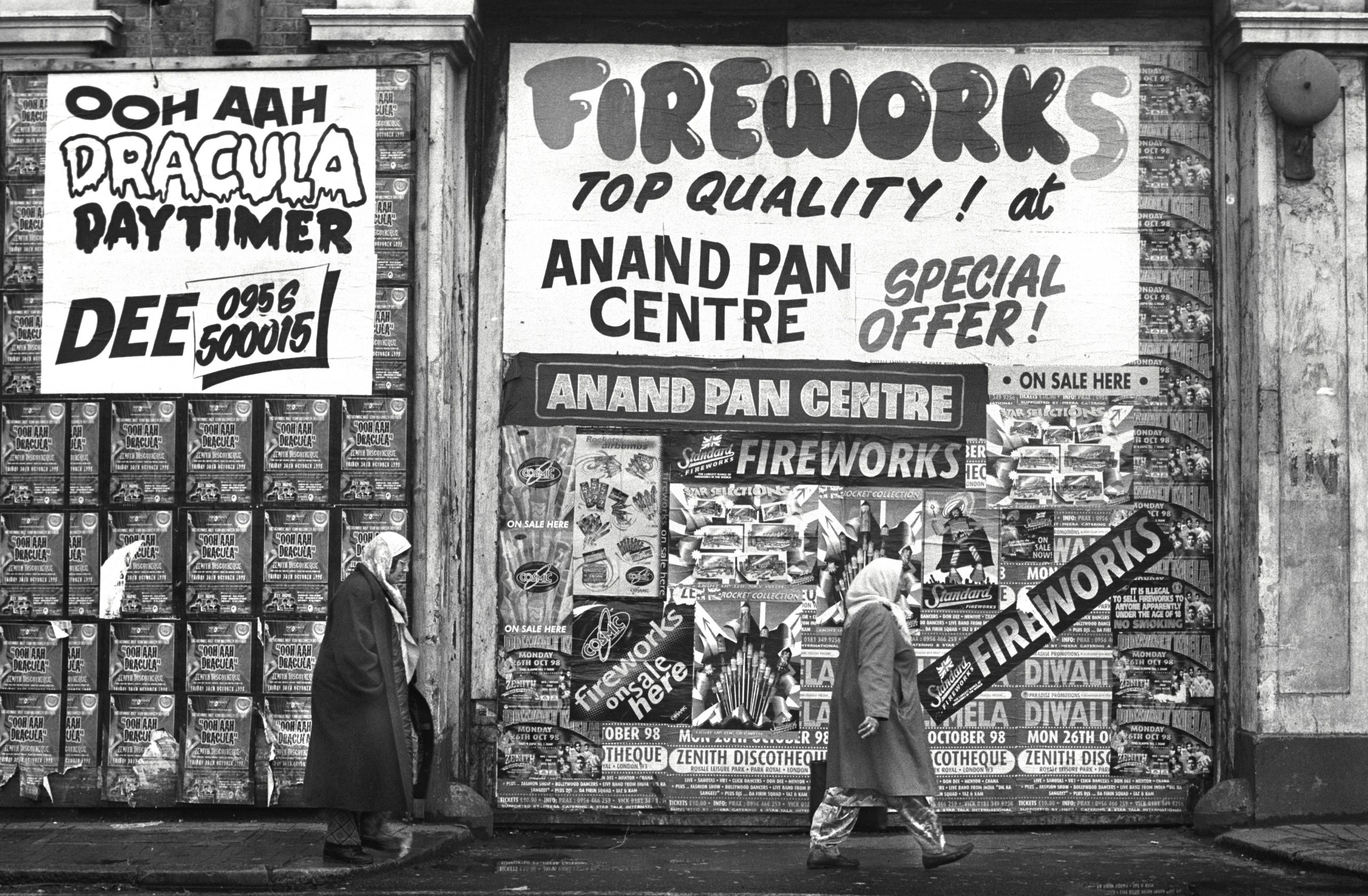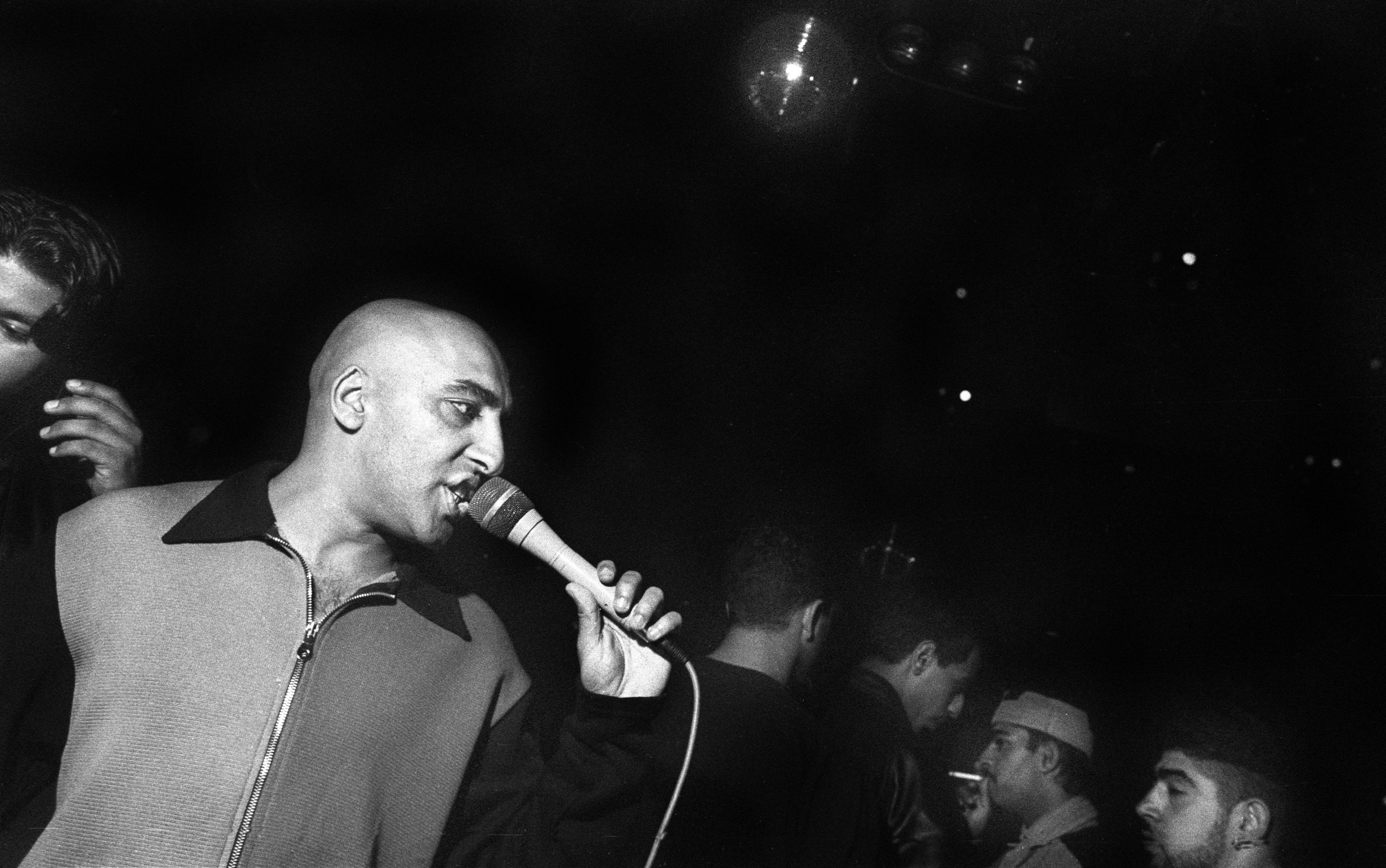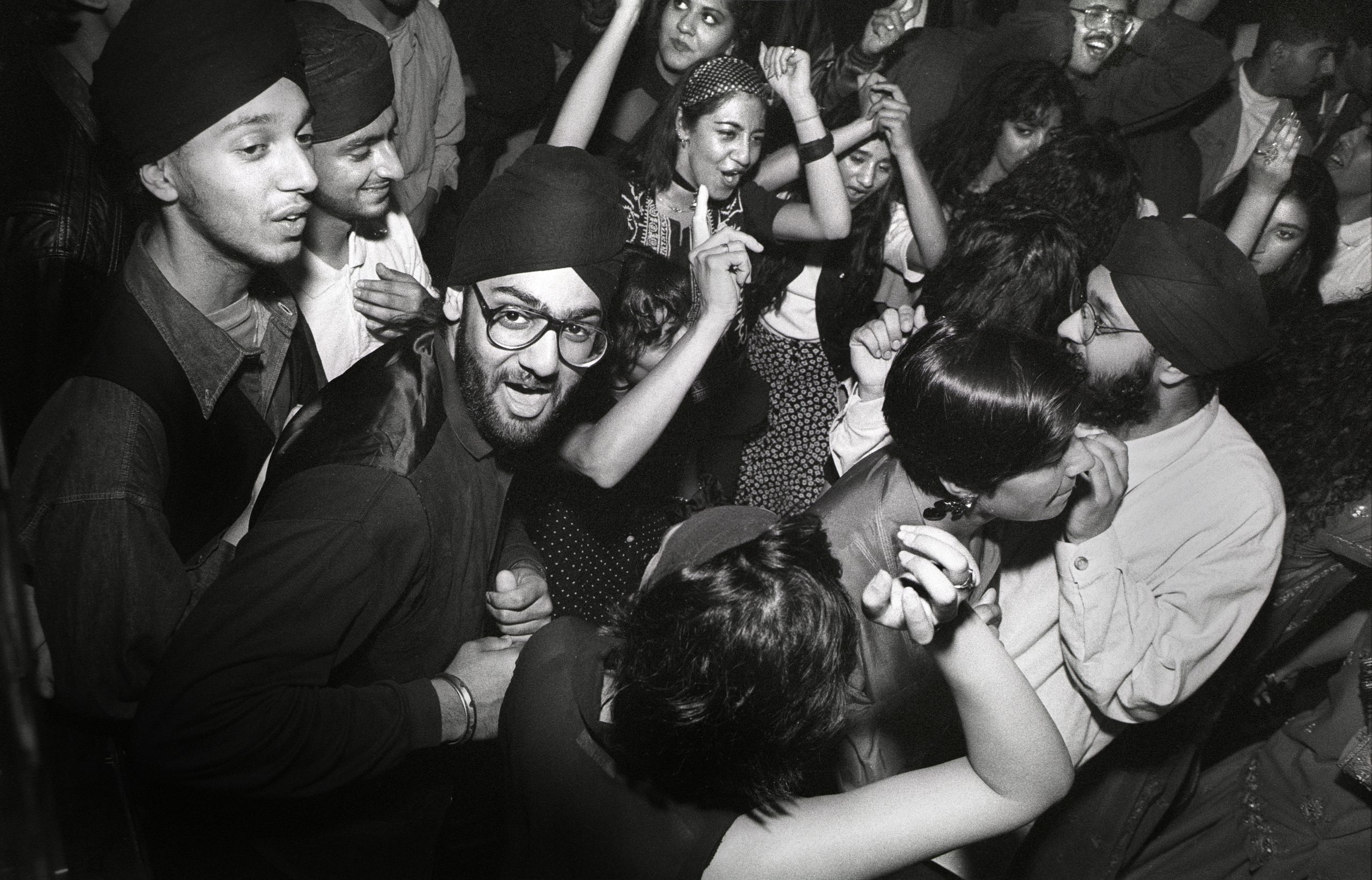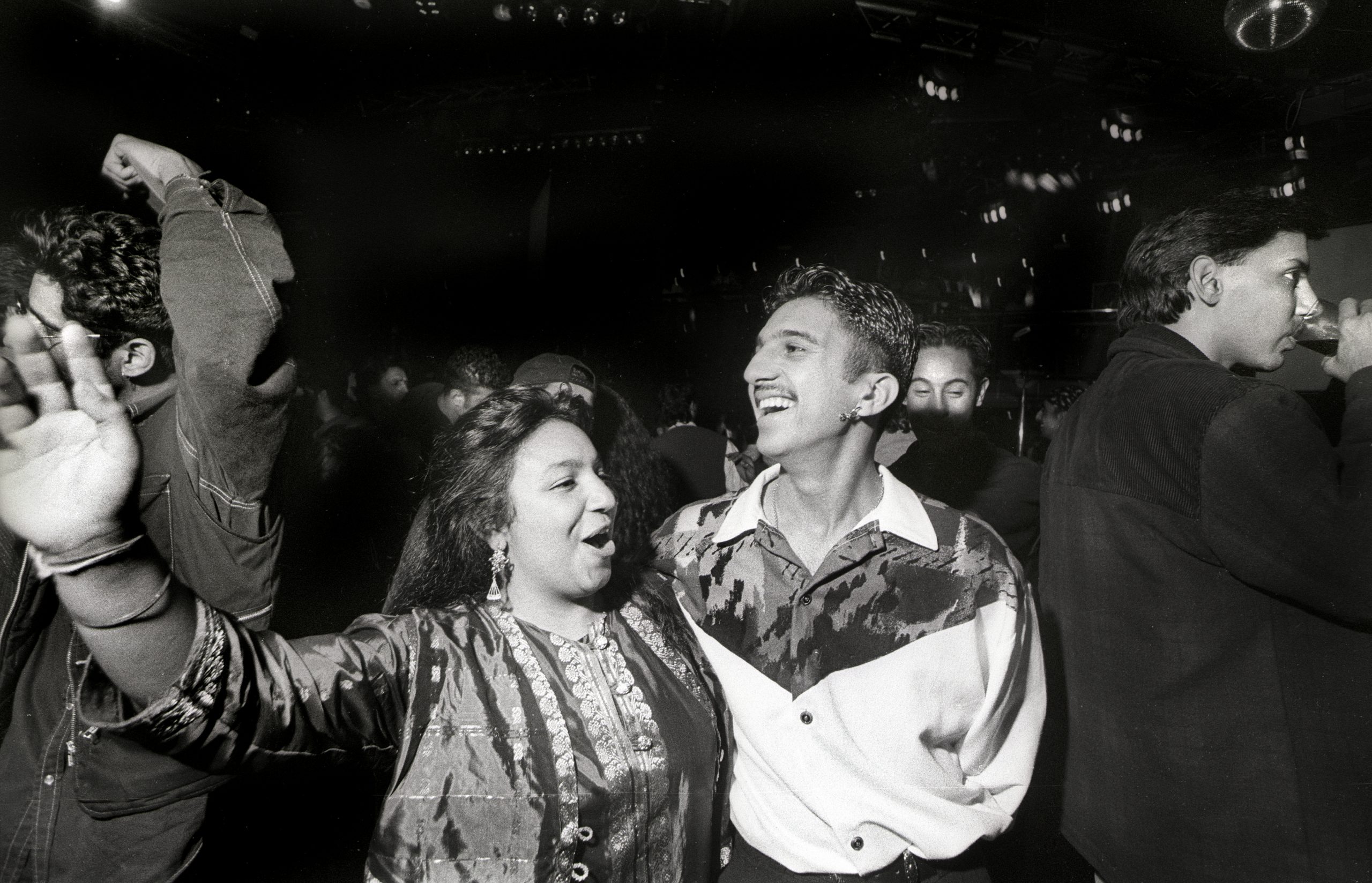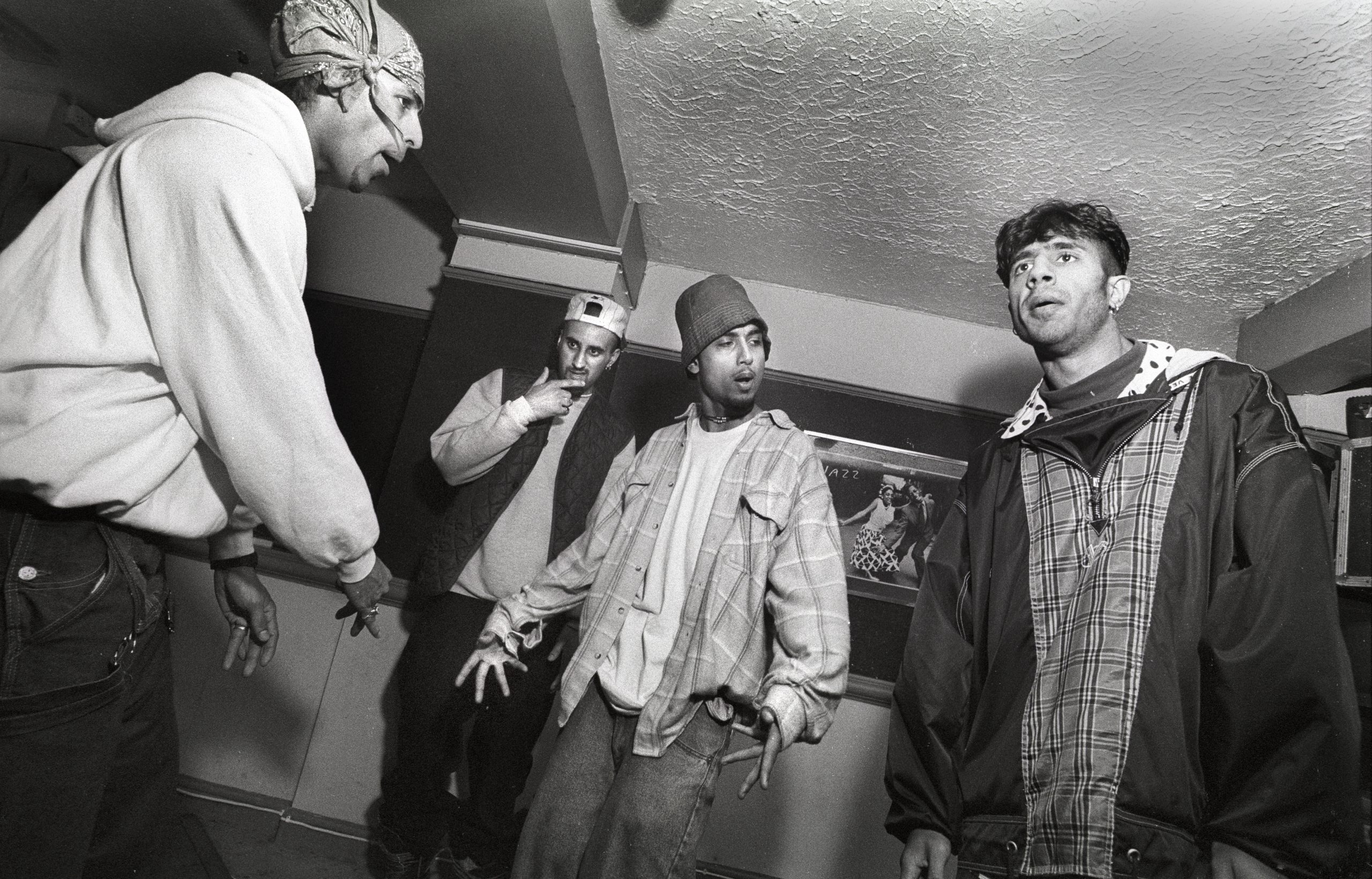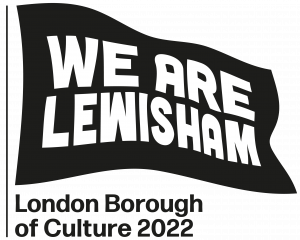Daytimers
During the late 1980s and early 1990s young British South Asians created their own underground nightclub scene – but one that took place during the afternoons.
Daytimers were born when enterprising promoters hired venues that lay empty during daylight hours, and filled them with teenagers who could socialise and dance to their favourite music away from the prying eyes of parents, uncles and aunties.
Much of what they listened to was dubbed British Bhangra, a blend of traditional Asian beats and western pop, a crossover genre that they could embrace as their own.
All images Tim Smith
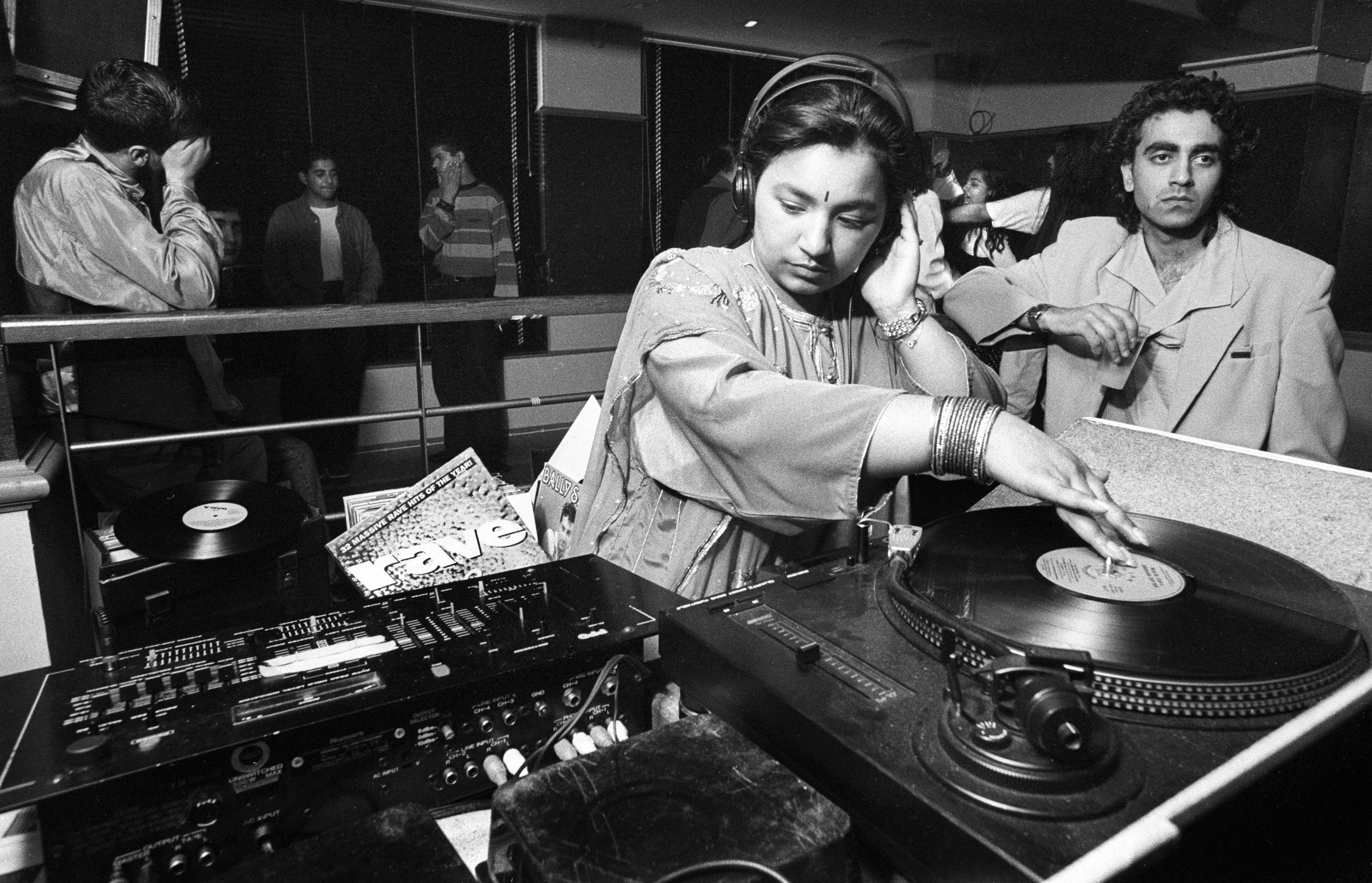
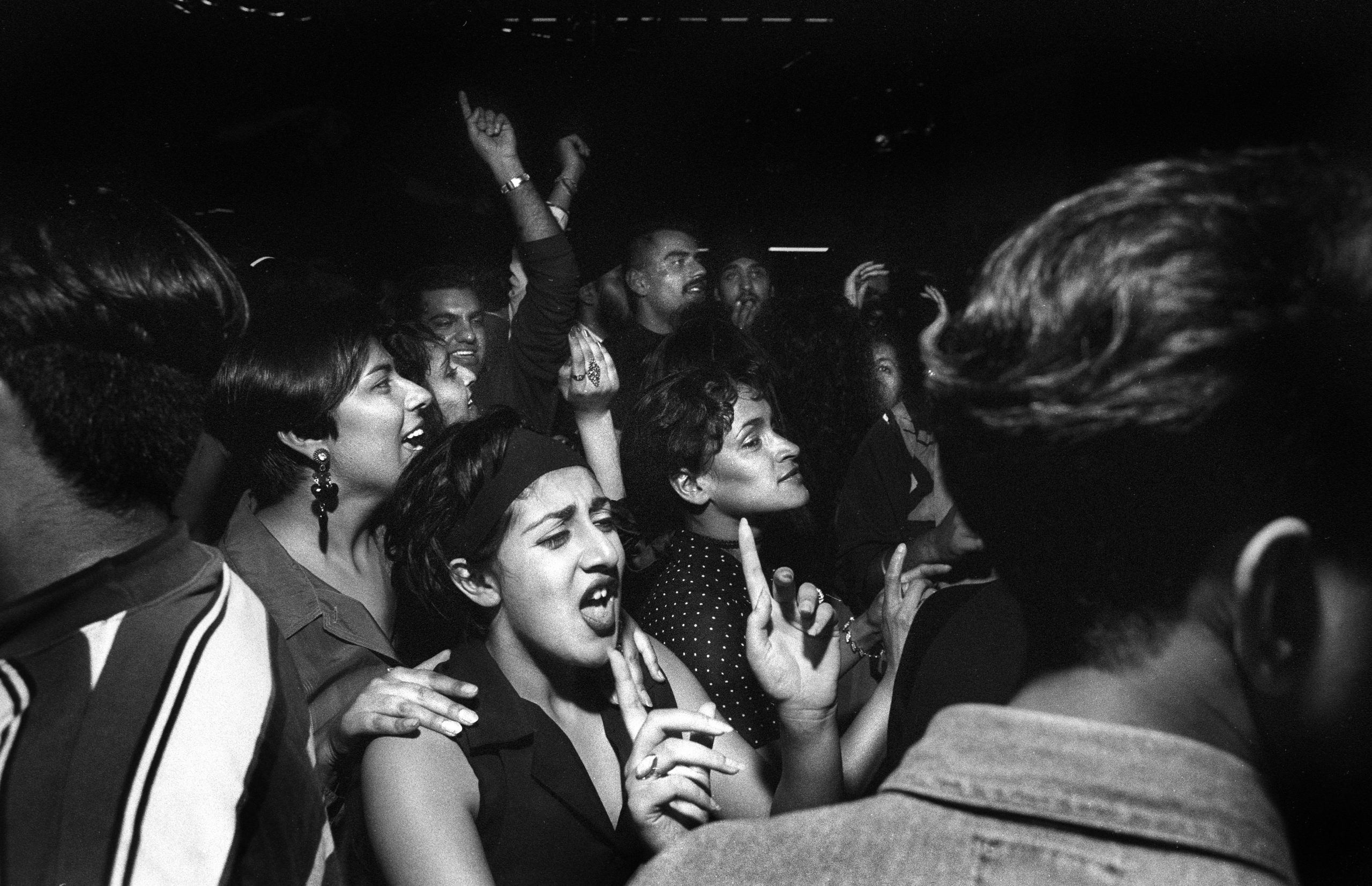
“You’d tell your parents you were staying late at school. Then you’d walk out with your uniform on, jump on a bus, pay £10, have a rave, and be home for 6pm.” — Rav of Panjabi Hit Squad to the Guardian
“The Daytimers came out of a music scene in the UK whereby Black and Asian promoters were generally not given night-time slots in spaces. They weren’t deemed to be a safe bet. So there was this unofficial colour bar…” — DJ Ritu to Worldwide FM
Step into the world of Daytimers through the lens of Tim Smith:
“As a photographer I’ve always used my camera as a passport to gain access to the lives of people I’m curious about.
When I heard about Daytimers it really intrigued me. An underground world of noisy nightclubs hidden away in broad daylight! It felt quite surreal stepping from a bright street full of shoppers into a world of dancing in the dark: Do the Boomshakalak!
It was exciting to see how young British Asians had created their own cultural spaces, filling them with sounds that combined traditional Asian beats with modern British/Caribbean rock and pop, where they could celebrate who they were. I hope my pictures capture that.”
– Tim Smith
